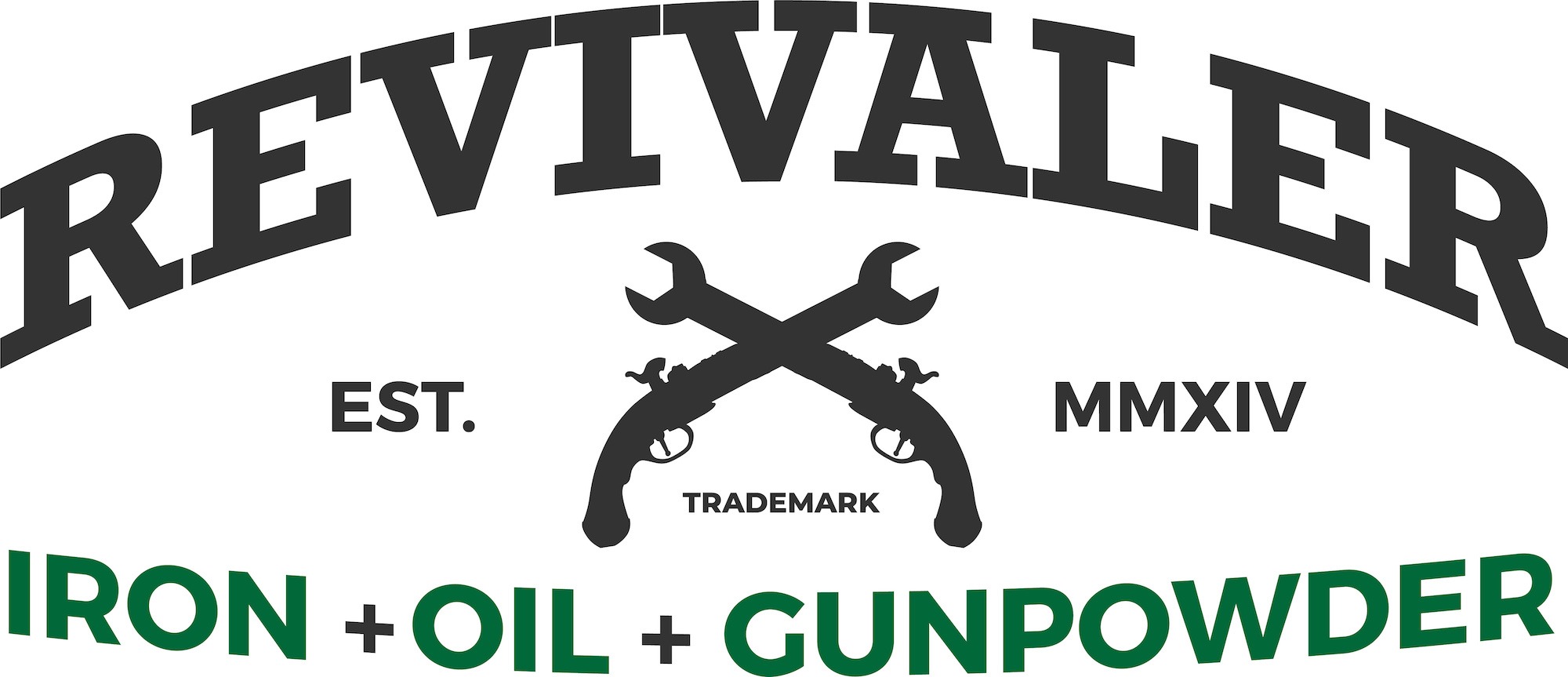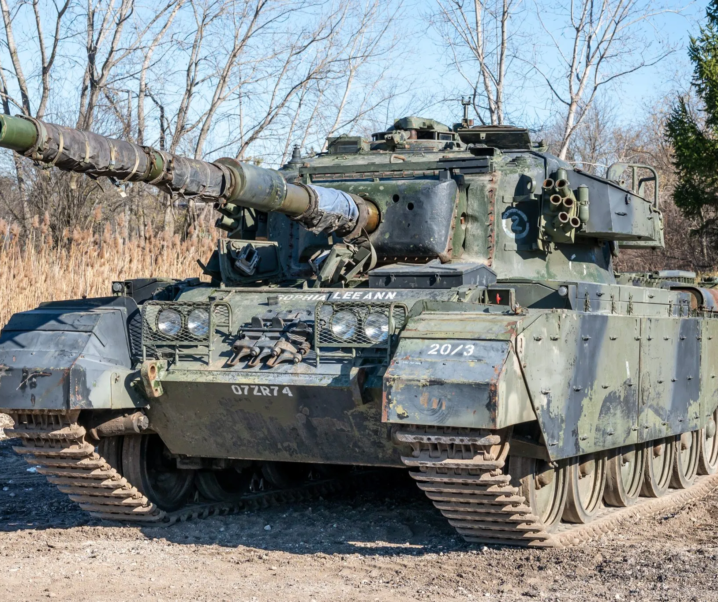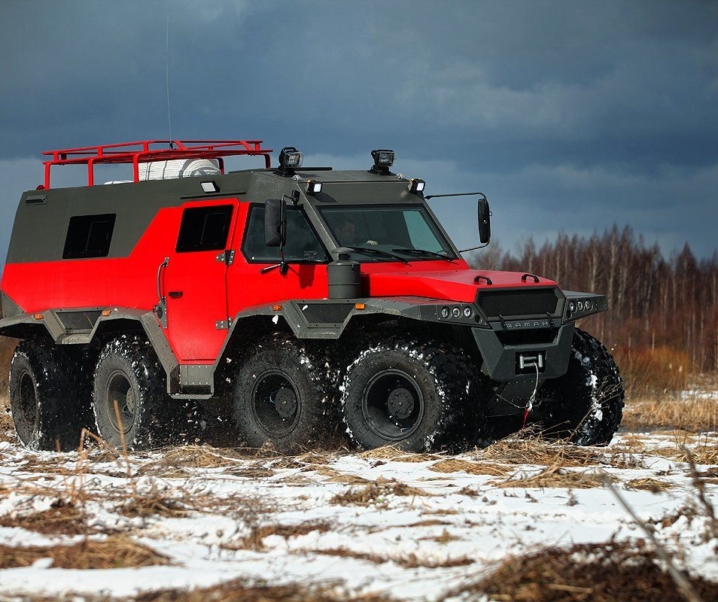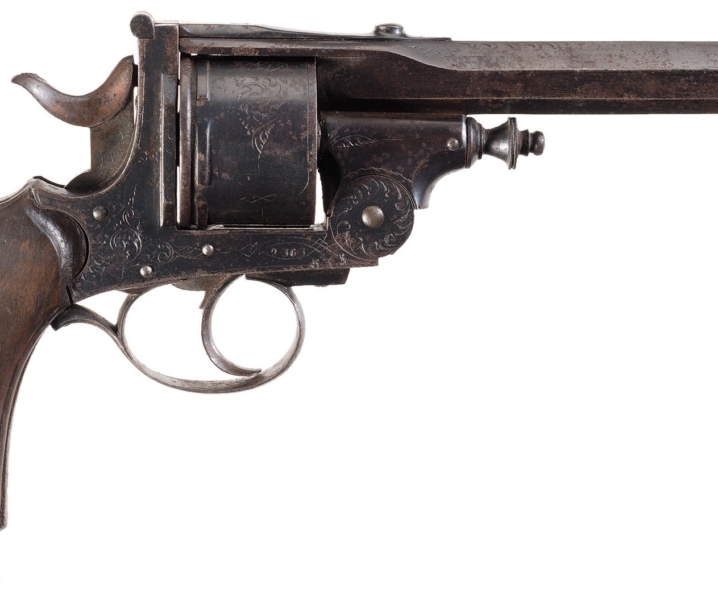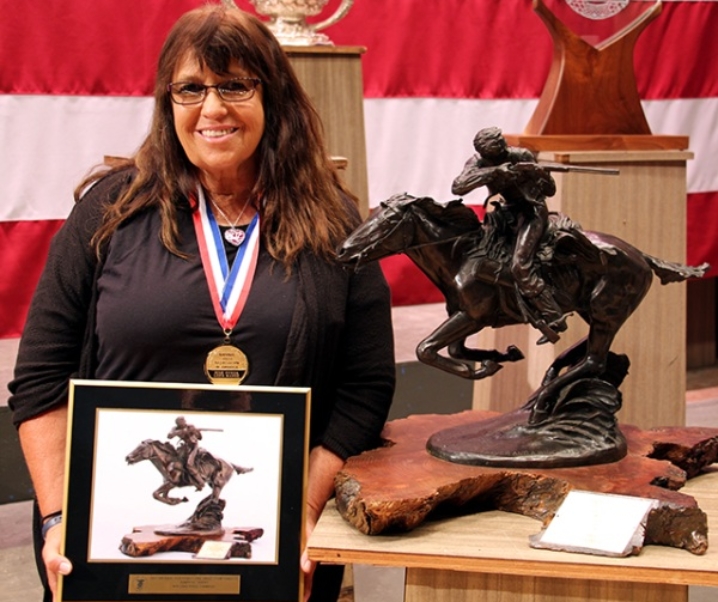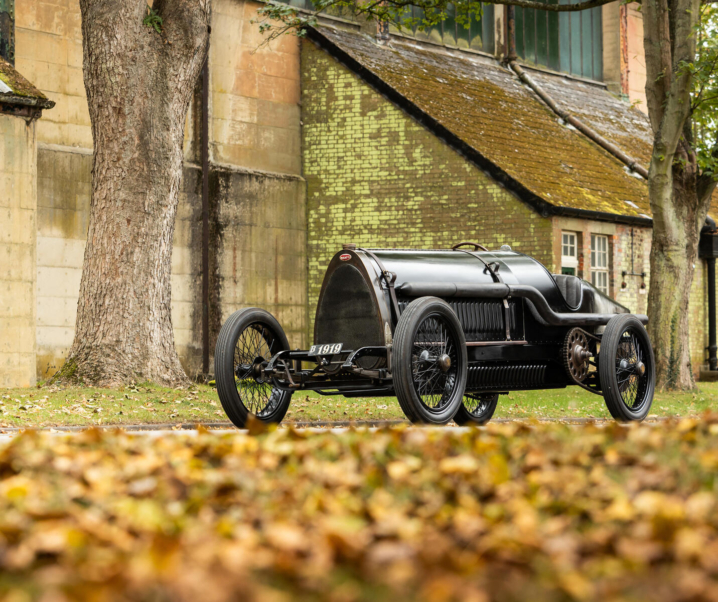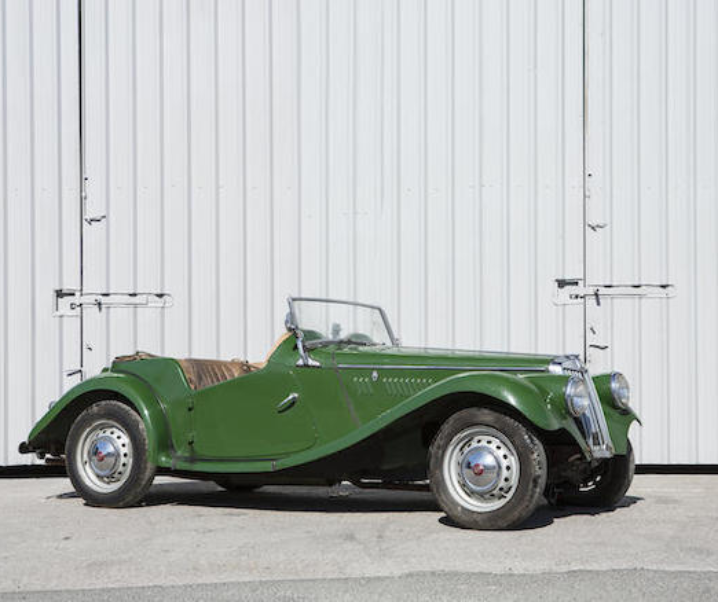The Winchester Model 1876 was based on “The gun that won the West” and chambered for significantly more powerful cartridges. It was made to be a true big game rifle and was chambered for black powder cartridges up to the 50-95.
These rifles found themselves in the hands not only of Americans but also British sportsmen and professionals in Africa, India, and across the British Empire.
Fast Facts
- Winchester’s Model 1873 earned itself the title of “The gun that won the West” and was widely adopted as a practical and reliable rifle.
- Winchester understood that there was a market for a rifle chambered for significantly more powerful cartridges than the pistol cartridges used in the Model 1873. So, basing their new more powerful model on the tried and tested Model 1873, they enlarged the action to accommodate Winchester’s new 45-75 cartridge.
- This new rifle was at first dubbed the “Centennial Model” and made its debut at the United States Centennial Exposition of 1876. Thus it came to be called the Model 1876.
- The rifle was at first chambered for the 45-75 cartridge with others added later, the largest of which was the 50-95.
- An example of a 50-95 chambered rifle which was customized by British gunmaker Westley Richards is coming up for sale by Rock Island Auction on August 15, 2025.
The nineteenth and first third of the twentieth centuries was the period in which the British Empire was at its peak, while the United States passed through the turbulent years that ultimately brought into being the nation that would take over from Britain the role of leader of the free world.
The latter part of the nineteenth century was a period in which firearms development progressed rapidly both in Britain, and in the United States. In Britain the developments produced the double-rifles that British gunmakers became famous for: while in the United States the lever-action reigned supreme.

Sporting and professional shooters in both the British Empire and United States purchased their guns from whoever made the firearms that best suited their needs and tastes, and there were many in the British Empire who developed a taste for the American lever-action.
Among the most respected of Britain’s gunmakers was Westley Richards. They were popular with sportsmen and women throughout the British Empire and especially so with those in South Africa and India who had the need to deal with the dangers posed by the big cats and other large and not-at-all friendly creatures.
Winchester’s lever-action rifles were seen to offer rapid reloading, and more shots to deal with an emergency than most anything else then available, but suffered from the disadvantage of being made for what were pistol cartridges – adequate for dealing with a human adversary but not for something as large and determined as a lion or tiger.
In the development of Winchester’s series of lever-action rifles it was realized that Americans had a need for a lever-action rifle chambered for a cartridge that would be effective as protection from bears, and which could be used for larger game animals such as elk. Winchester decided to answer the call and build such a rifle, and the result was the Model 1876.
Deciding to play safe and build on an existing and highly successful design Winchester’s engineers based this new Model 1876 on the tried, proven, and popular Model 1873 – the “Gun that won the West”.
The Model 1873 action was enlarged so the Model 1876 action was an inch and a half longer so it would accommodate larger and more powerful black powder cartridges, with the aim being to use a cartridge of equivalent power to the 45-70 Springfield and better.
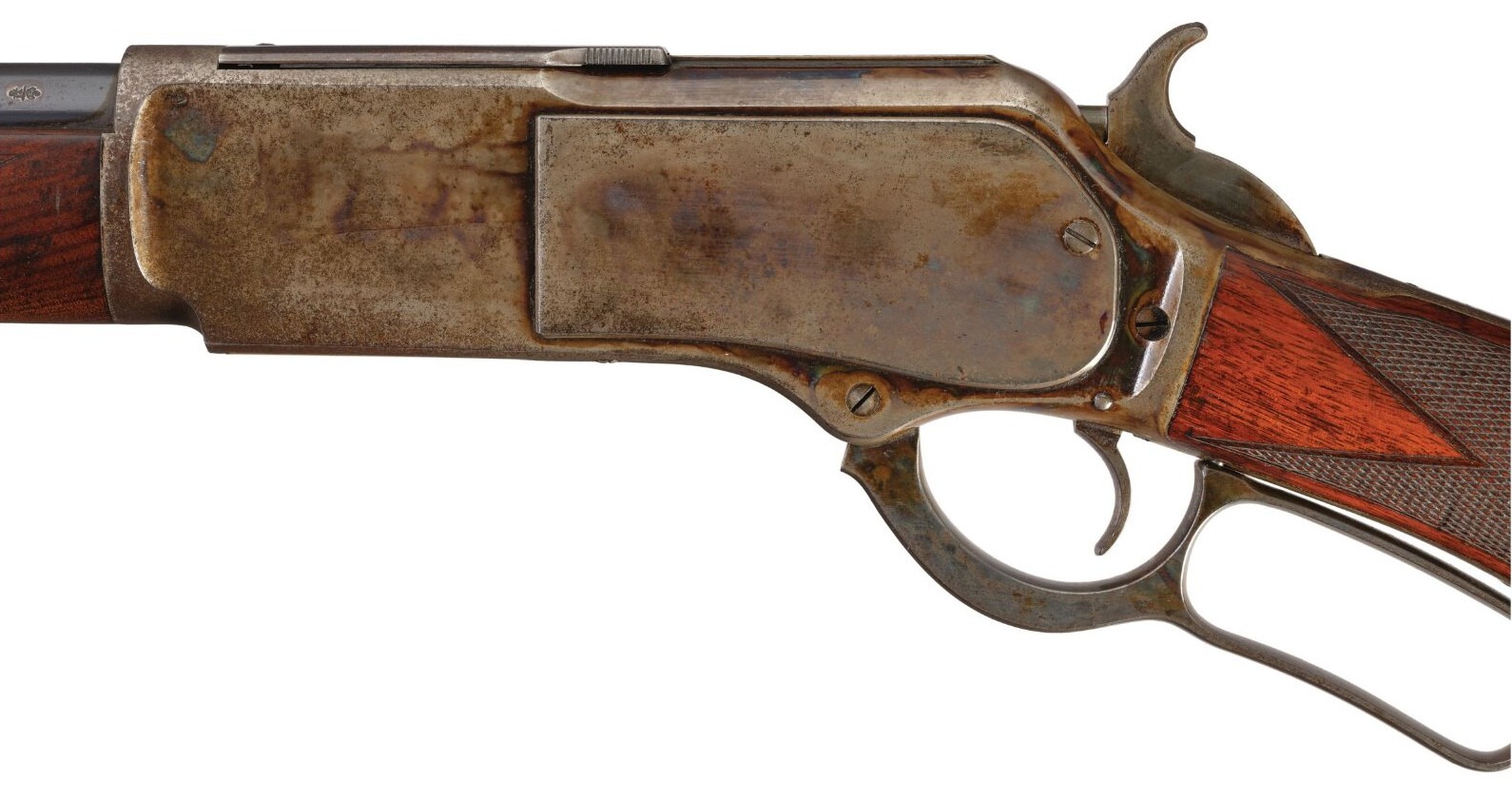
For this new rifle they created the 45-75 Winchester cartridge which was a bit fatter than the common 45-70, short enough to suit the new action, and which produced the power that was wanted. Firing a 350 grain bullet the cartridge delivered around double the energy of the 44-40.
The Model 1876 was introduced to coincide with the year 1876, which was the one hundredth anniversary of the Declaration of Independence of July 4th, 1776. Winchester debuted the rifle and the 45-75 cartridge at the United States Centennial Exposition, calling it the “Centennial Model”.
Three years later, in 1879 two more cartridges were made available with the Model 1876, the 45-60 and the 50-95: these were subsequently followed by the 40-60 and the 45-90.
The Model 1876 was originally offered in four models: the “Carbine” which featured a saddle-ring and was equipped with a 22 inch barrel and 18 inch wood fore-arm complete with steel fore-end cap. Magazine capacity was nine 45-75 rounds and weight was 8½lb. The “Express Rifle” with a 26 inch barrel, the “Sporting Rifle, Plain” and “Special Sporting Rifle” both with 28 inch barrels, and the “Musket” with full wood fore-end and 32 inch barrel.
Barrel styles were round, half-octagon, or full-octagon. For the Sporting Rifle model with 28 inch barrel, the magazine tube was the length of the barrel and held twelve 45-75 cartridges. Rifle weight of this model was listed as 10lb, with the full-octagon barrel version adding a quarter pound to the weight. The stock was straight hand and a set-trigger option was available.
The Special Sporting Rifle was also offered with a pistol-grip stock, set-triggers option, and optional vernier and wind gauge sights.
Standard finish of the metalwork was blued, with case-hardening being an option.
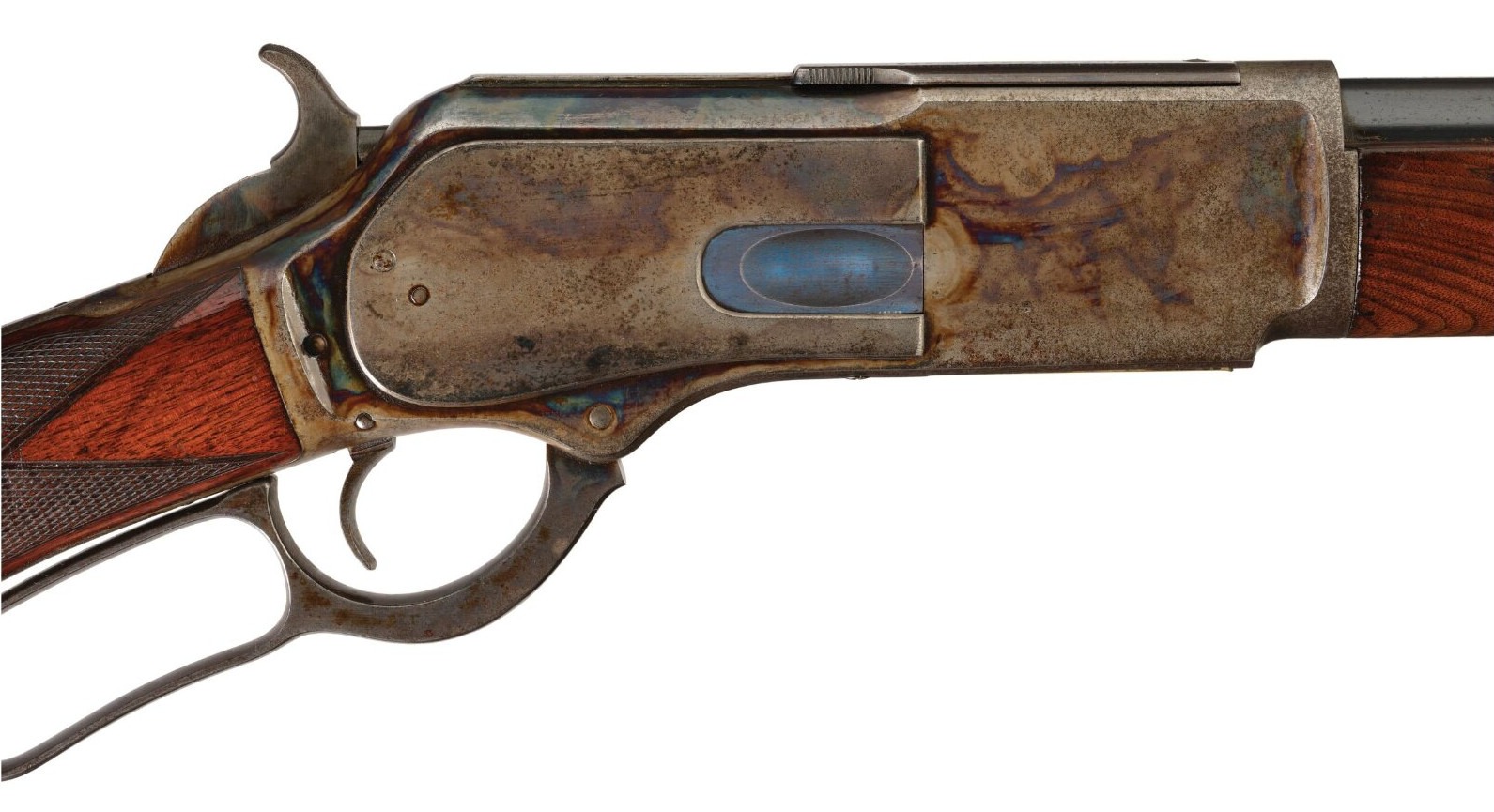
The Model 1876 was made in three series, the first having no dust-cover, the second having a dust-cover with the dust-cover rail screwed to the action, and the third having the dust cover rail integral with the action.
An example of a special order rifle is one that was originally made in 1885 and shipped from Winchester to Westley Richards in Birmingham, England, on August 31st, 1887.
This third-series rifle chambered for the 50-95 cartridge was fitted with a 22 inch round non-tapered barrel, a short five round capacity half-length magazine, and pistol-grip shotgun stock. The action was case-hardened and the sights comprised a beaded blade front sight and three-leaf rear sight with silver sight lines.
This rifle was given some additional work by Westley Richards and submitted for British proofing before being sold to its new owner who, it would seem, intended to use it as a tiger rifle, most likely in India although the rifle may have seen use in Burma (Myanmar) or Malaya (Malaysia).
This rifle would have been a very handy thing to have in tiger country, and the presence of five 50-95 shots rapidly accessible would have provided a sense of security if faced with the need to do a bit of tiger dispatching work.

This rather interesting rifle is coming up for sale by Rock Island Auction at their Premier Auction and will be offered on August 15, 2025.
This Model 1876 is a fabulous example of an American rifle that was treated to some Westley Richards tweaking before it found its home in the far-flung reaches of the British Empire. No doubt if it could talk it might have some dramatic stories to tell.
You can find the sale page for this rifle with more details if you click here.
Picture Credits: All pictures courtesy Rock Island Auction.
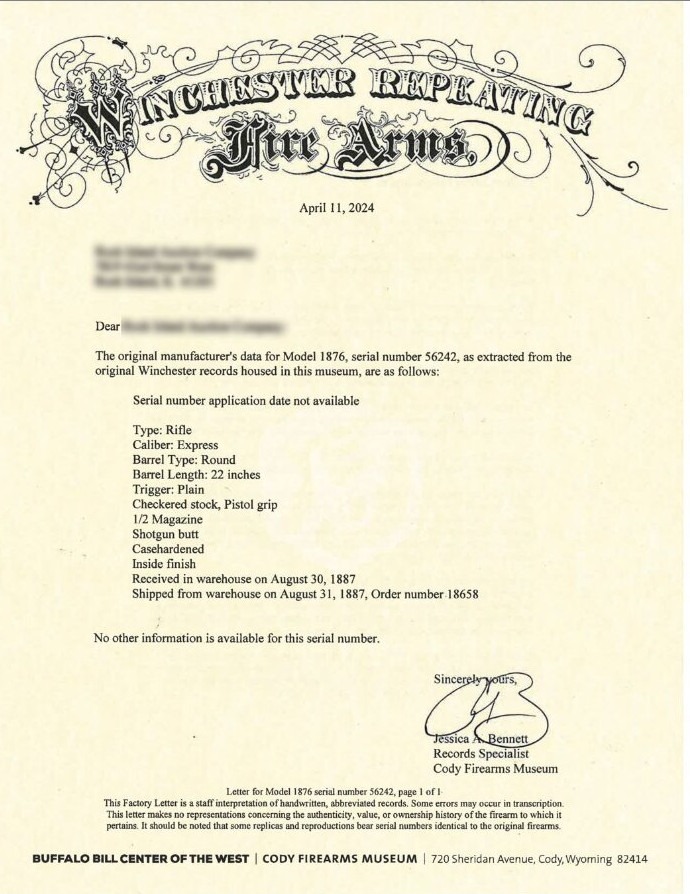
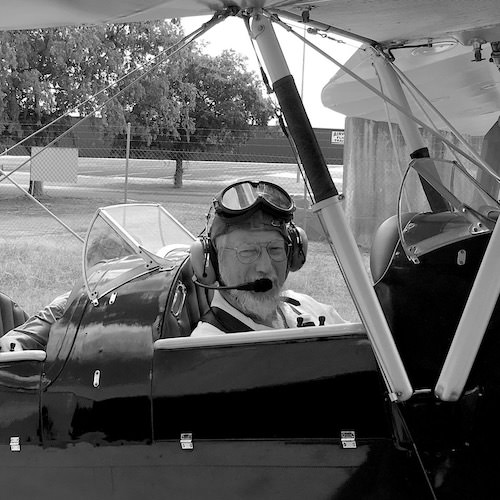
Jon Branch is the founder and senior editor of Revivaler and has written a significant number of articles for various publications including official Buying Guides for eBay, classic car articles for Hagerty, magazine articles for both the Australian Shooters Journal and the Australian Shooter, and he’s a long time contributor to Silodrome.
Jon has done radio, television, magazine and newspaper interviews on various issues, and has traveled extensively, having lived in Britain, Australia, China and Hong Kong. His travels have taken him to Indonesia, Israel, Italy, Japan and a number of other countries. He has studied the Japanese sword arts and has a long history of involvement in the shooting sports, which has included authoring submissions to government on various firearms related issues and assisting in the design and establishment of shooting ranges.
